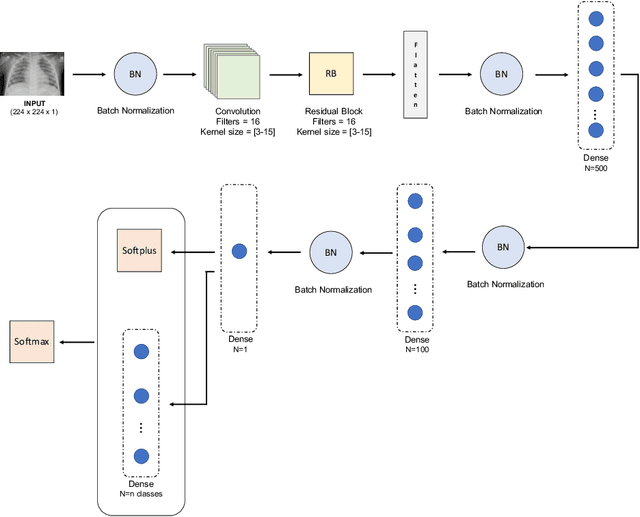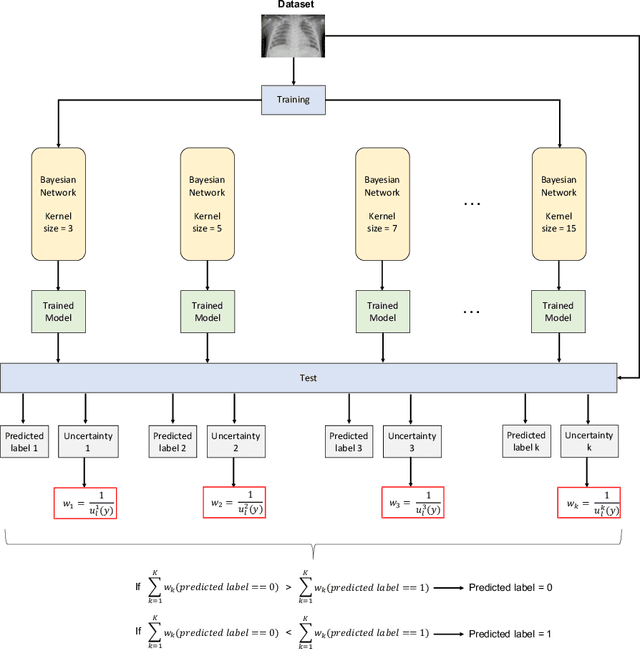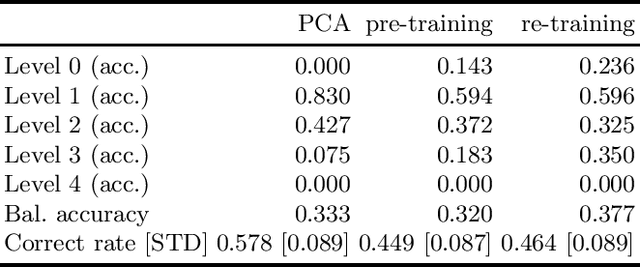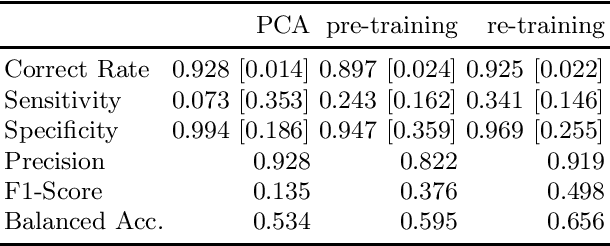A. Ortiz
Neural source/sink phase connectivity in developmental dyslexia by means of interchannel causality
Jan 02, 2023Abstract:While the brain connectivity network can inform the understanding and diagnosis of developmental dyslexia, its cause-effect relationships have not yet enough been examined. Employing electroencephalography signals and band-limited white noise stimulus at 4.8 Hz (prosodic-syllabic frequency), we measure the phase Granger causalities among channels to identify differences between dyslexic learners and controls, thereby proposing a method to calculate directional connectivity. As causal relationships run in both directions, we explore three scenarios, namely channels' activity as sources, as sinks, and in total. Our proposed method can be used for both classification and exploratory analysis. In all scenarios, we find confirmation of the established right-lateralized Theta sampling network anomaly, in line with the temporal sampling framework's assumption of oscillatory differences in the Theta and Gamma bands. Further, we show that this anomaly primarily occurs in the causal relationships of channels acting as sinks, where it is significantly more pronounced than when only total activity is observed. In the sink scenario, our classifier obtains 0.84 and 0.88 accuracy and 0.87 and 0.93 AUC for the Theta and Gamma bands, respectively.
A hypothesis-driven method based on machine learning for neuroimaging data analysis
Feb 17, 2022



Abstract:There remains an open question about the usefulness and the interpretation of Machine learning (MLE) approaches for discrimination of spatial patterns of brain images between samples or activation states. In the last few decades, these approaches have limited their operation to feature extraction and linear classification tasks for between-group inference. In this context, statistical inference is assessed by randomly permuting image labels or by the use of random effect models that consider between-subject variability. These multivariate MLE-based statistical pipelines, whilst potentially more effective for detecting activations than hypotheses-driven methods, have lost their mathematical elegance, ease of interpretation, and spatial localization of the ubiquitous General linear Model (GLM). Recently, the estimation of the conventional GLM has been demonstrated to be connected to an univariate classification task when the design matrix is expressed as a binary indicator matrix. In this paper we explore the complete connection between the univariate GLM and MLE \emph{regressions}. To this purpose we derive a refined statistical test with the GLM based on the parameters obtained by a linear Support Vector Regression (SVR) in the \emph{inverse} problem (SVR-iGLM). Subsequently, random field theory (RFT) is employed for assessing statistical significance following a conventional GLM benchmark. Experimental results demonstrate how parameter estimations derived from each model (mainly GLM and SVR) result in different experimental design estimates that are significantly related to the predefined functional task. Moreover, using real data from a multisite initiative the proposed MLE-based inference demonstrates statistical power and the control of false positives, outperforming the regular GLM.
Uncertainty-driven ensembles of deep architectures for multiclass classification. Application to COVID-19 diagnosis in chest X-ray images
Nov 27, 2020



Abstract:Respiratory diseases kill million of people each year. Diagnosis of these pathologies is a manual, time-consuming process that has inter and intra-observer variability, delaying diagnosis and treatment. The recent COVID-19 pandemic has demonstrated the need of developing systems to automatize the diagnosis of pneumonia, whilst Convolutional Neural Network (CNNs) have proved to be an excellent option for the automatic classification of medical images. However, given the need of providing a confidence classification in this context it is crucial to quantify the reliability of the model's predictions. In this work, we propose a multi-level ensemble classification system based on a Bayesian Deep Learning approach in order to maximize performance while quantifying the uncertainty of each classification decision. This tool combines the information extracted from different architectures by weighting their results according to the uncertainty of their predictions. Performance of the Bayesian network is evaluated in a real scenario where simultaneously differentiating between four different pathologies: control vs bacterial pneumonia vs viral pneumonia vs COVID-19 pneumonia. A three-level decision tree is employed to divide the 4-class classification into three binary classifications, yielding an accuracy of 98.06% and overcoming the results obtained by recent literature. The reduced preprocessing needed for obtaining this high performance, in addition to the information provided about the reliability of the predictions evidence the applicability of the system to be used as an aid for clinicians.
A Neural Approach to Ordinal Regression for the Preventive Assessment of Developmental Dyslexia
Feb 06, 2020



Abstract:Developmental Dyslexia (DD) is a learning disability related to the acquisition of reading skills that affects about 5% of the population. DD can have an enormous impact on the intellectual and personal development of affected children, so early detection is key to implementing preventive strategies for teaching language. Research has shown that there may be biological underpinnings to DD that affect phoneme processing, and hence these symptoms may be identifiable before reading ability is acquired, allowing for early intervention. In this paper we propose a new methodology to assess the risk of DD before students learn to read. For this purpose, we propose a mixed neural model that calculates risk levels of dyslexia from tests that can be completed at the age of 5 years. Our method first trains an auto-encoder, and then combines the trained encoder with an optimized ordinal regression neural network devised to ensure consistency of predictions. Our experiments show that the system is able to detect unaffected subjects two years before it can assess the risk of DD based mainly on phonological processing, giving a specificity of 0.969 and a correct rate of more than 0.92. In addition, the trained encoder can be used to transform test results into an interpretable subject spatial distribution that facilitates risk assessment and validates methodology.
 Add to Chrome
Add to Chrome Add to Firefox
Add to Firefox Add to Edge
Add to Edge